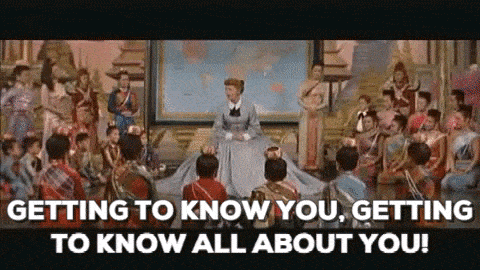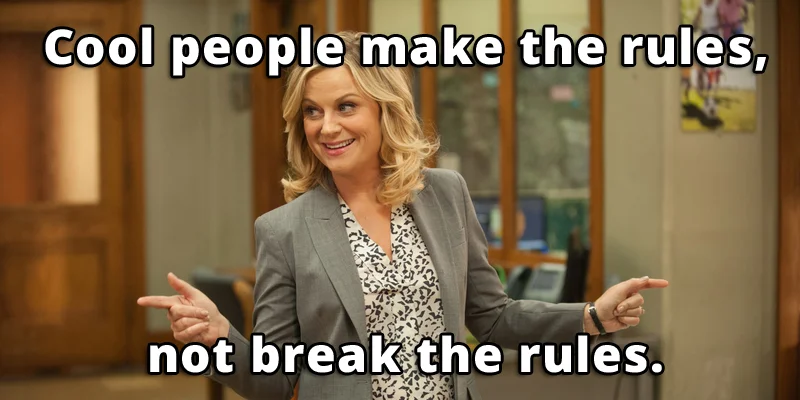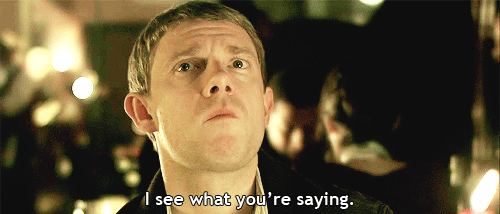We wrote this post and it was originally published on The Design Gym’s website .
Facilitating is no easy task, you’re not only responsible for securing productive participation from all the individuals in the room, but also for guiding those individuals with different personalities and work styles to a common outcome. That’s giving me sweaty palms just thinking about it.
However, the good news: there are certain skills you can work on or acquire that will help you in your journey to becoming an effective facilitator. Warning: read with caution, this list may just make you the go-to meeting leader.
1. You’re Prepared for Anything
Most skilled facilitators spend about 3 to 4 times as long preparing for a session than the amount of time they spend on giving the actual session. Teachers, especially new teachers, know this reality best. But why spend so much time preparing?
As a facilitator, it’s your job to guide a group through a process, making it easier for them to accomplish the goal at hand. Having a structure and general idea of what direction you’re going in will help you do just that. However, as we’ve all learned in life, nothing ever goes as planned! You need a plan and a back-up plan and possibly a few more plans just in case your other plans don’t work or something breaks. Having options to pull from will provide you with flexibility and allow you to change things up based on the group’s needs.
How to practice this skill? Start by scoping your facilitation preparation with at least a 2-1 investment of time. Important details that will inform your preparation and planning include:
The session objectives—what will success look like?
Does the group need to do any “pre” work before meeting?
How long do you have to run the session? Is the time allotted realistic to meet the goals of the session?
What do you know about the group in the room? What personalities and dynamics are at play?
What will the session space look like? How can you best prepare for this?
What materials do you need to achieve the meeting goals?
2. You Know Who’s in the Room
While definitely connected to preparation, knowing who’s in the room is an essential skill for effective facilitation. Find out as much as you can about who will be in the room before you get there. The more you know about the group, the individual personalities and the dynamics at play, the better you’ll be able to plan for a successful session and a positive experience.
I can’t tell you how often I facilitate groups who work together but don’t actually know each other. Spending a small amount of time encouraging opportunities for a team to get to know one another always adds great value to the dynamic. I’ll frequently have a group share their motivations for why they care about the work at hand, allowing them to build commonalities and connections.
3. You’re Able to Create an Inclusive Environment
When planning your session and while you’re in the room facilitating, you need to find ways for the entire group to be on an equal playing field. Finding ways for everyone in the group to participate is a key component to getting the group to buy in and own the process—inclusivity is the name of the game.
Consider designing a session with structures and activities that appeal to different learners and personality types. It could be as simple as arranging a seating plan that is equal and fair, where everyone is on the same eye level, in a circle and with no one’s back to anyone else.
4. You Effectively Set Guidelines
As a facilitator, you need to help set a tone for the behaviors and attitudes of the session. You can think about these guidelines yourself or you can simply ask the group what behaviors and attitudes will help them get the most out of the experience.
Try to push for concrete ideas and clear guidelines. If someone says “be respectful,” ask them what respect would look like and how we would all know if we saw it. This is also a good time to talk about focus—especially cell phone etiquette—and ways to manage distractions that might pull the meeting off track.
You’ll need to get agreement from the group that they’re all on board with the guidelines. I usually just ask the group directly. If you get head nods, you’re good to go! And you can always return to your guidelines to make sure you’re still on track or to edit them to make them fit the group’s needs better.
5. You’ve Mastered the Art of Giving Clear Instructions
So much of facilitating is asking a group of people to accomplish a task—and that’s a whole lot easier with good instructions.
For example, think of a simple ‘get to know you’ activity at the beginning of a session. You want everyone to turn to the person beside them and share something interesting about him or herself, then share that info with the larger group. When planning out the instructions, you might address details like:
How you want people to present this information to the group
What topics of conversation you want them to cover
Whether you want them to take notes
How much time they’ll have for this activity
Clear instructions make it easier for your group to get to the outcome you’re looking for. As a mom, I often think about this in the way I give my son directions (not to say the groups you work with are childish!). It works best if I break down the steps to the activity clearly and explain what the end goal will look like.
Some easy ways to do that include having the directions pre-written on flip chart paper or a powerpoint slide and asking the group the repeat the steps back to you to make sure everyone understands the activity.
6. Active Listening is Your Favorite Workout
In an effective group session, everyone will walk out aligned—on the same page and speaking the same language. To achieve that, you’ll need to make sure everyone has a chance to be heard and to hear each other. The best way to do that is to flex your active listening skills and encourage your group to do the same.
Mirroring, paraphrasing and tracking are three tools you can leverage to help you with active listening. Mirroring is when you repeat back the speaker’s words verbatim. It helps the speaker hear what they just said, shows neutrality, and can help establish trust. Remember, with mirroring you’re keeping your tone warm and accepting and you’re using the speaker’s words, not yours.
Paraphrasing, on the other hand, is a straightforward way to show the speaker and group that their thoughts were heard and understood. Paraphrasing, unlike mirroring, is when you use your own words to say what you think the speaker said, “It sounds like you’re saying… [Insert paraphrased content]. Is that what you mean?”
And lastly, tracking is when you’re keeping track of various lines of thought that are going on simultaneously within a single discussion—helping to summarize the different perspectives and show that multiple ideas are equally valid.
7. You Manage Time Like a Referee
Group activities have time limits—there are only so many hours in a day. That means you’ll need to plan out how long the different components of your session will take and how long your group will have to reach the session’s goals. There are a few different ways to keep track of time: use a watch or phone and let people know how much time is passing, use a large clock that the whole group can see, or delegate timekeeping to individuals or smaller breakout groups.
Choose a method that will let you pay attention to what’s going on in the room and allow your group to easily track the time for each task. Whatever method you choose, consider giving people warnings as the time for each activity draws to a close. You can say it out loud or hold up a sign (“2 minutes left” or “1 minute left,” for example) so you don’t need to interrupt the group’s work flow or conversation.
8. You’re Mary Poppins as a Facilitator
Maybe I’m dating myself here, but what do you know about this jack-of-all-trades magical child care worker? For one, she had a bag (well, a purse) of tricks for every situation. You need to have your own bag of tricks to help a group get to their end goal. Sometimes a group session will get off track or the plans you originally set up aren’t working out like you expected. Consider keeping a grab-bag (it doesn’t have to actually be bottomless; Mary Poppins is an aspirational goal) of activities to pull out just in case Plan A isn’t doing the trick.
I like to write down at least 3 name games, icebreakers, energizers, and team building activities and keep all the needed materials and props ready to go. I also like to have extra paper, markers, and supplies ready incase I want to change the way I was thinking about running an activity. That means I can pull something out of my bag and make it work for the group in the moment—and that flexibility is super valuable.
9. You’re an Energy Gauger
We’re not talking about chakras and vortices here. It’s simply a fact of life that sometimes a group of people walk into a room and convey an energy—maybe it’s tired, lethargic, excited, hyper, silly, negative, shy, nervous—whatever! Sometimes you need to match the activity you have in mind with the energy of the group and sometimes you need to find ways to boost a low-energy group’s enthusiasm and excitement.
I like to keep a few energizer activities on hand that get people moving, bring energy up, focus the group, lighten the mood, and get people thinking creatively. No one does their best work when they’re feeling low or tired and a few fun activities can go a long way toward bumping the mood of the room up to a fun, productive level.
10. You’re Flexible and Able to Adapt on the Fly
Part of your job as a facilitator involves checking in with your group on progress and process. Think about how often they might need a break. Make a point to periodically ask how everyone is doing and whether it’s time for a break. Maybe you originally planned on taking a break in 30 minutes, but the group needs it now—so give it to them! It’s about taking care of your group to help them operate at their best.
You’ll also need to think about your agenda and whether you’re on track to accomplish everything you planned. If you’re off track, call it out—chances are they know already! “As you know, it took us longer to discuss X than we thought and now we only have 1 hour left in our meeting.” Now it’s time to show some flexibility—ask what the group thinks is the best way to spend the remaining time and change your agenda accordingly.
11. You’re Clear on Your Role: Neutral Facilitator vs. Facilitator with an Agenda
As a professional facilitator, I’m often hired as a neutral third party to come in and facilitate a group through a process. In this scenario, it’s my role to focus on the process, the session objectives and the group's experience overall. In this role, I am neutral to the content that the group comes up with and I focus on how to get insights from them for the session goal. In that context, it’s not about my ideas—it’s about aiding their process.
Then there are times where I’m facilitating a session and I DO care about the content and have an agenda (and a boss who has an agenda) as far as what I need from the group. In these cases, I’m not content-neutral. I’m trying to use the skills of an effective facilitator, knowing that I will weigh in on what the group decides and discusses. In this case, I try to be honest and clear about what role I’m playing (group member or facilitator) to avoid confusion.
Be mindful about what your role is in each session—are you a neutral party there to facilitate the process or are you actively invested in the outcome? Then adjust your participation to fit!
Like most things worth doing, becoming an effective facilitator takes practice. The good thing is that all of these skills are totally learnable—you just have to get out there and try them out! Each group is different and as you work on these skills, you’ll figure out what works best for your team and your organization. With your expert-level facilitation, all those different learning styles and personalities can come together to produce awesome outcomes.
















